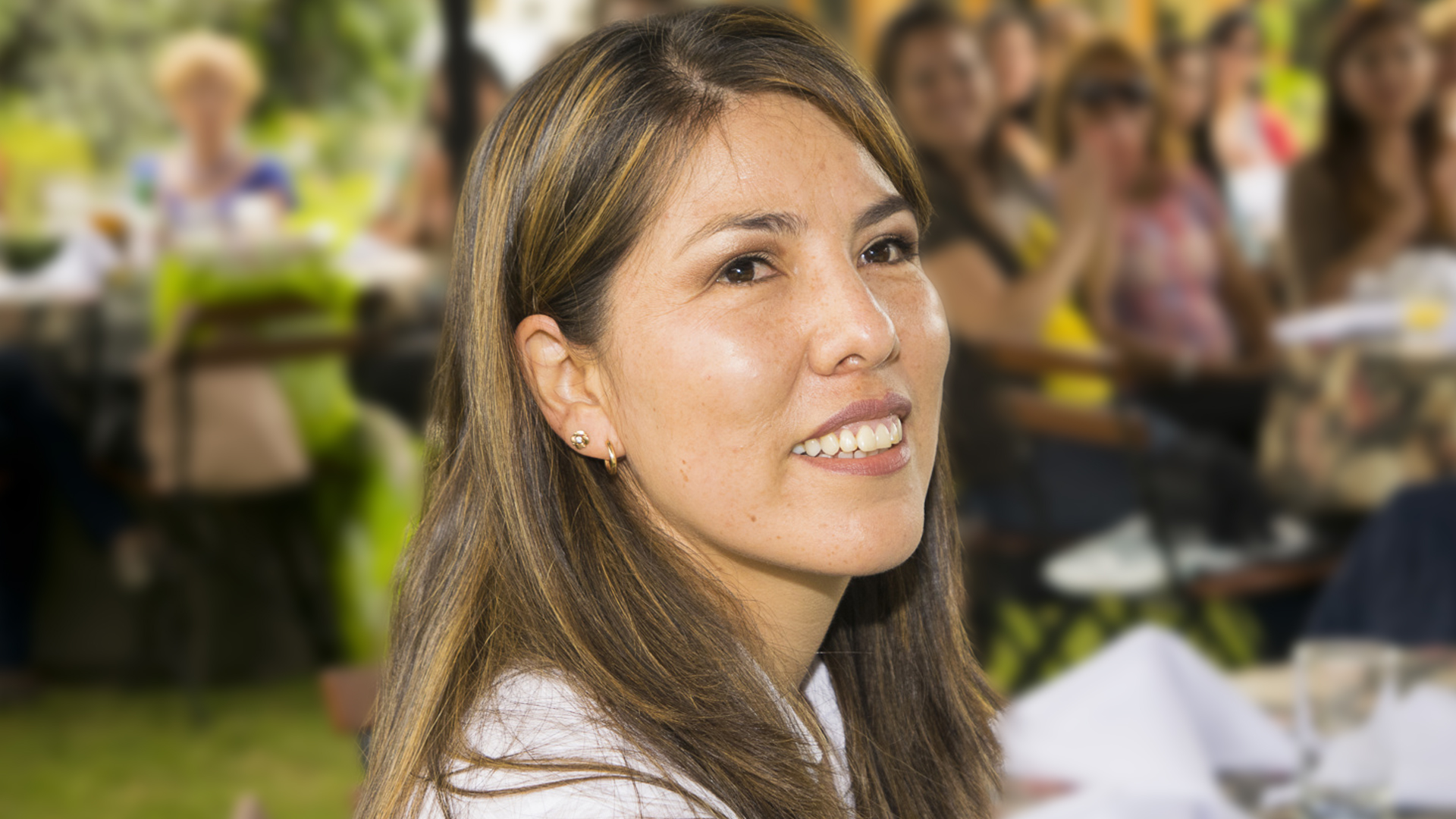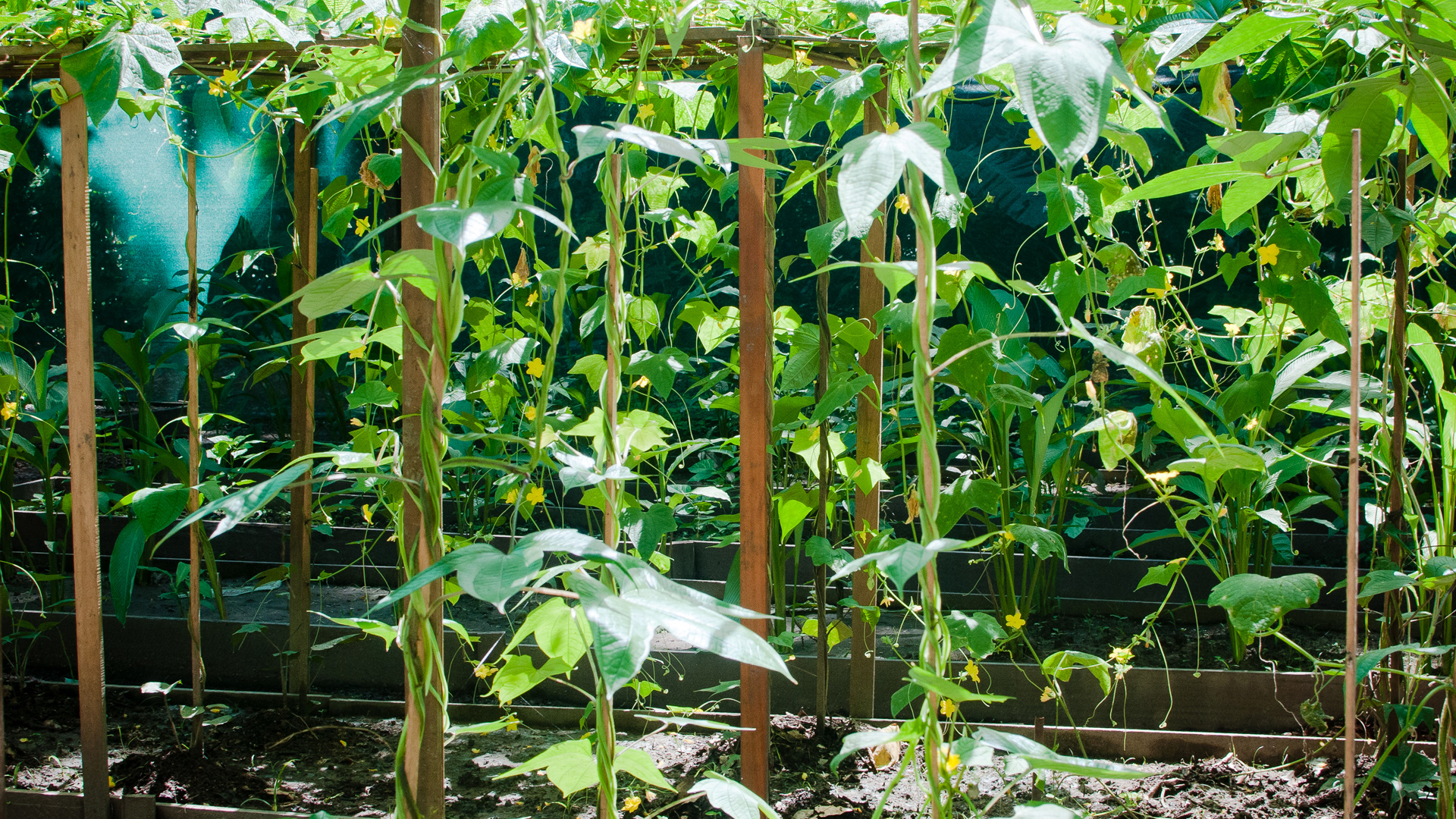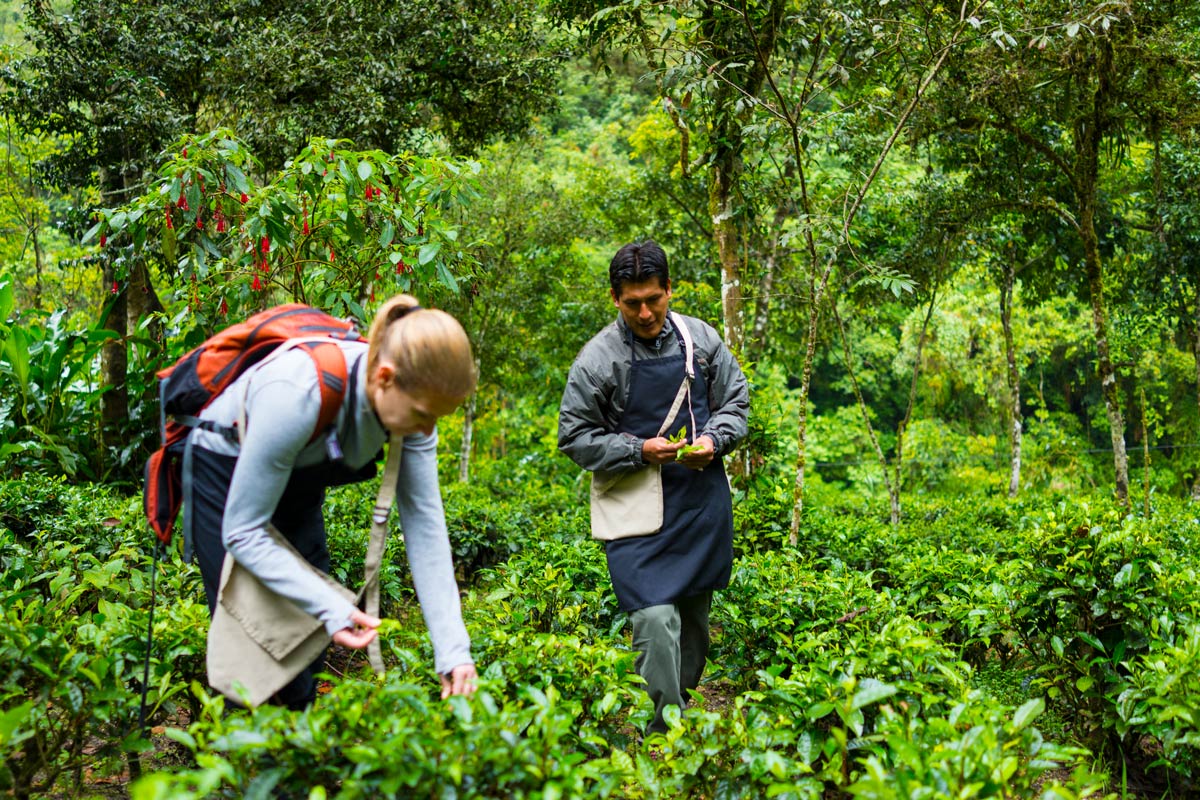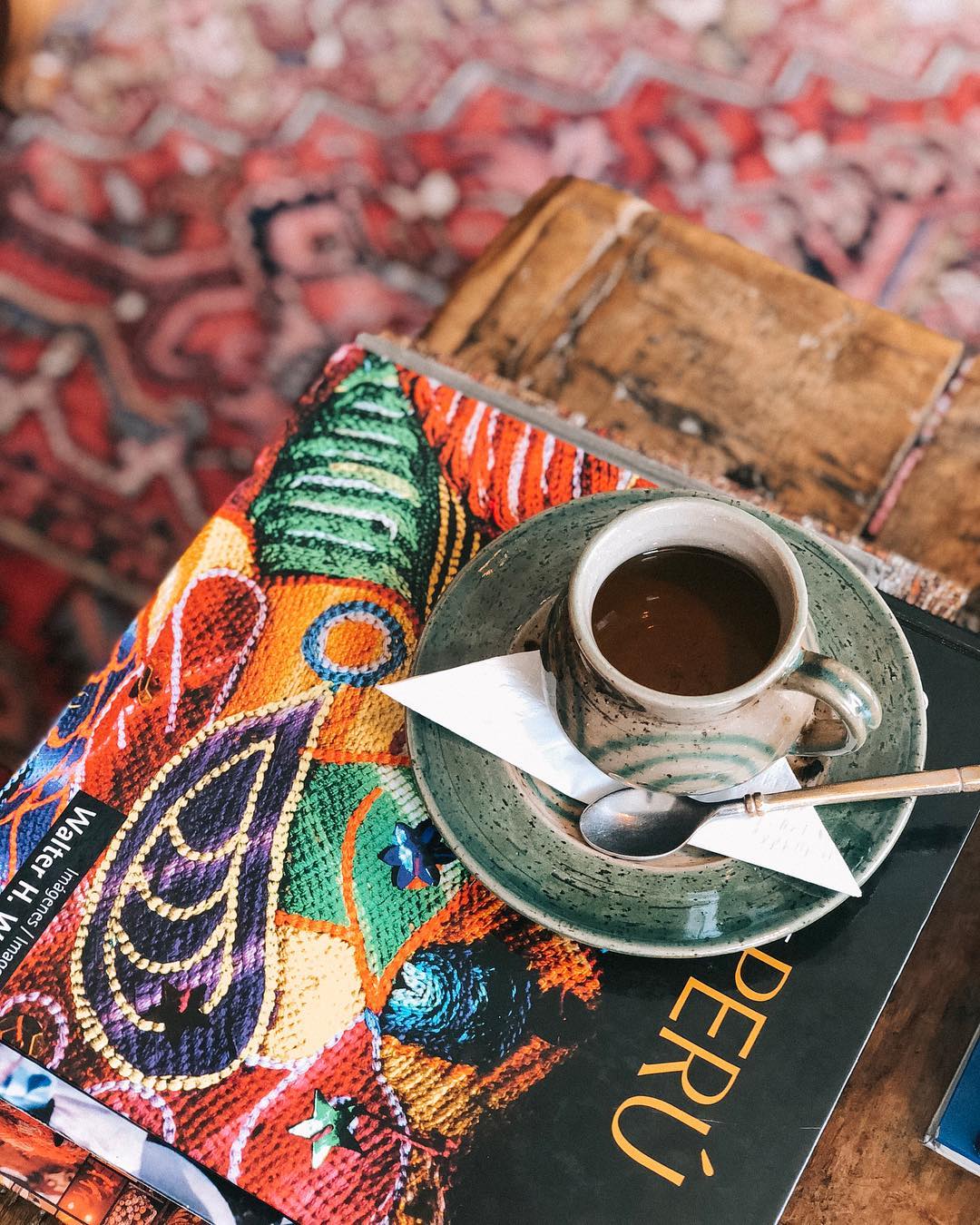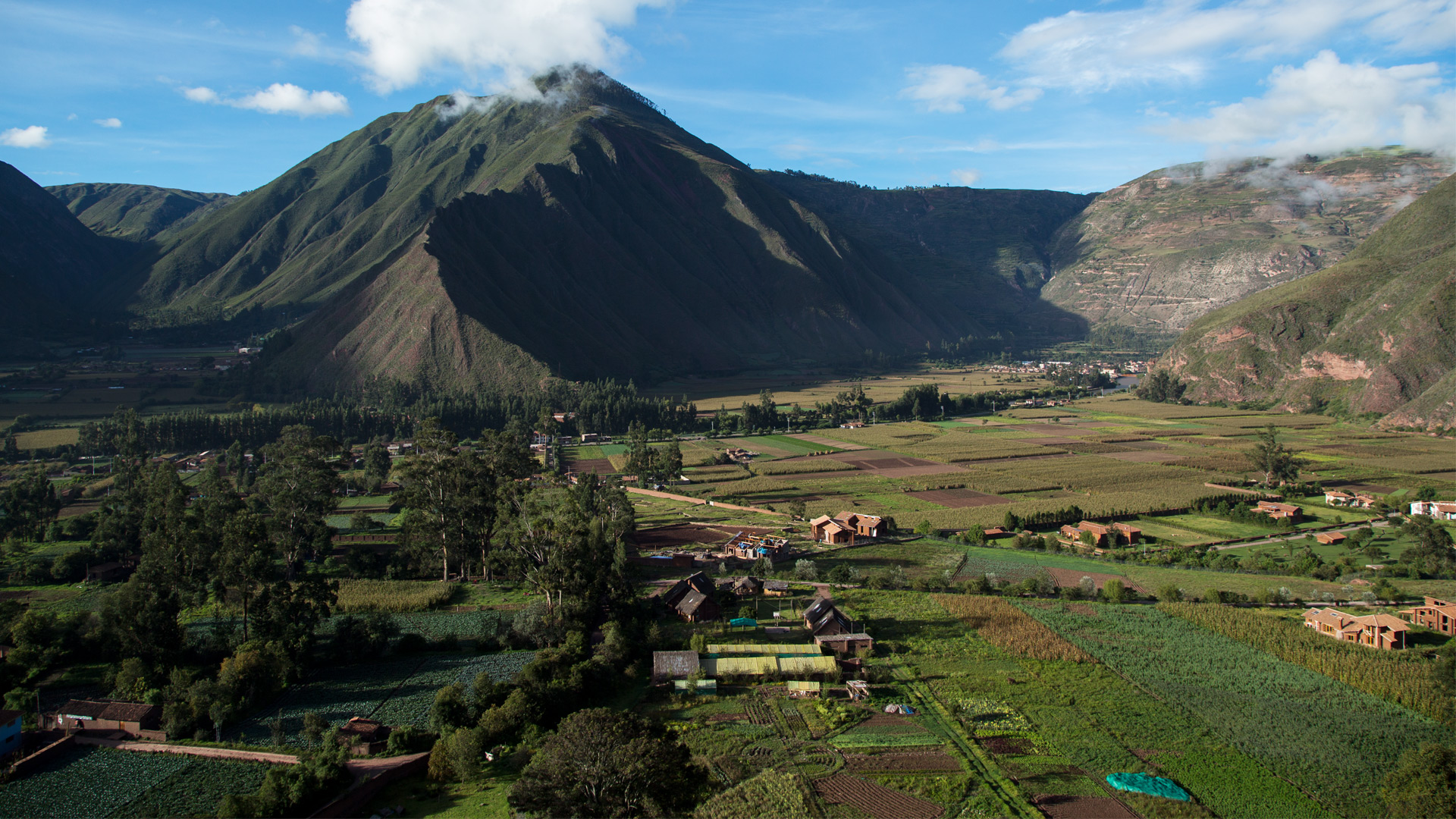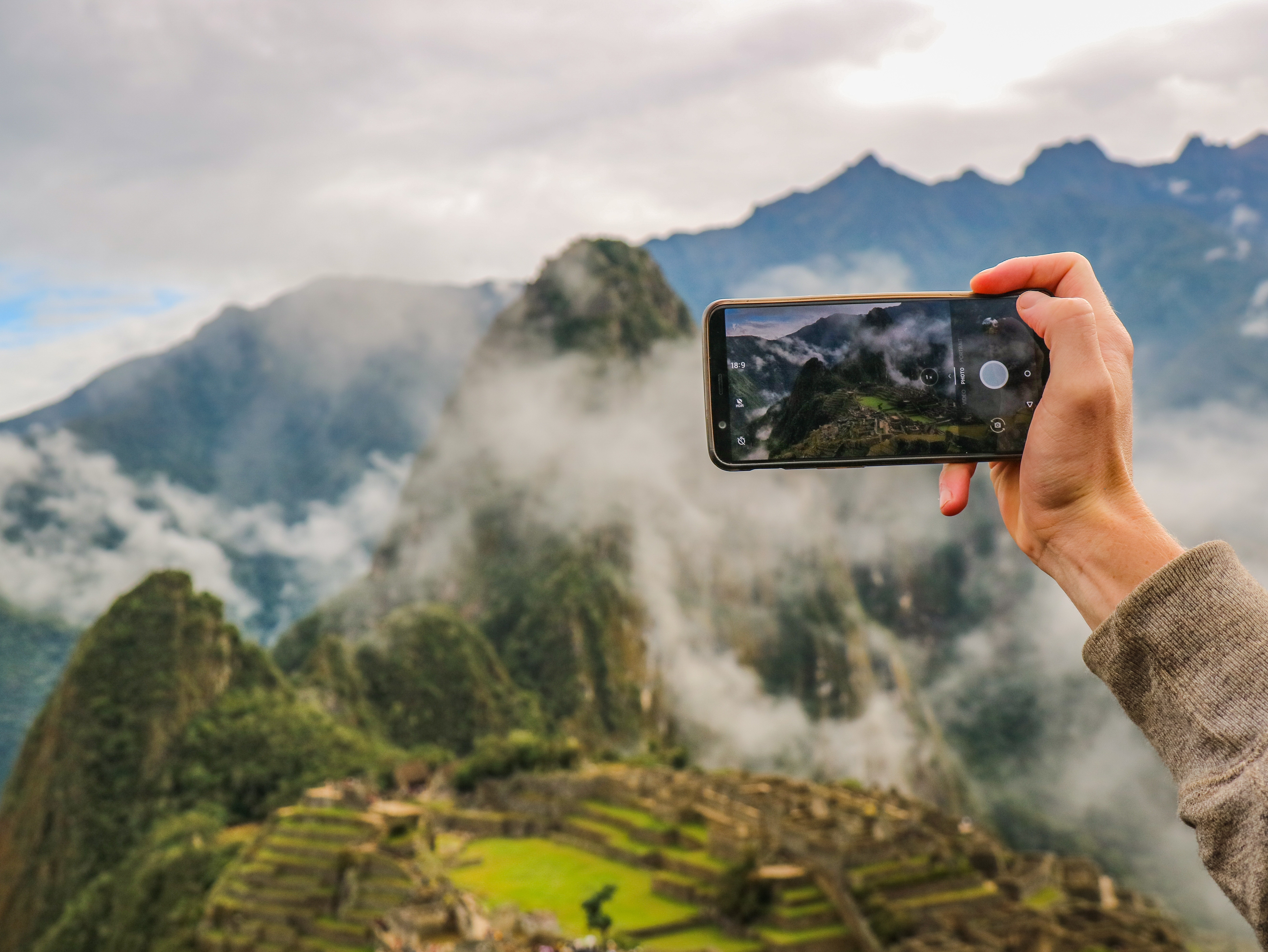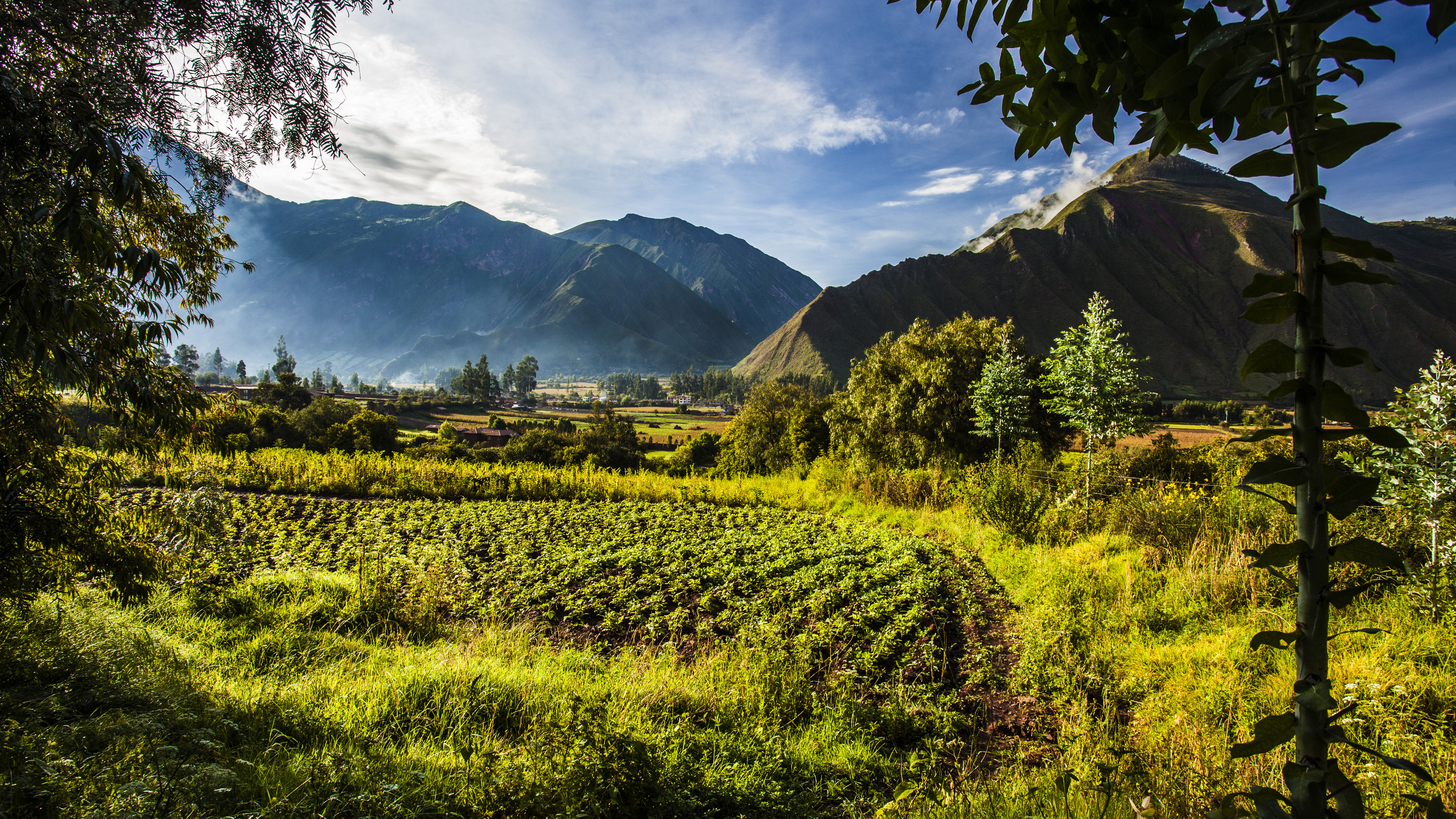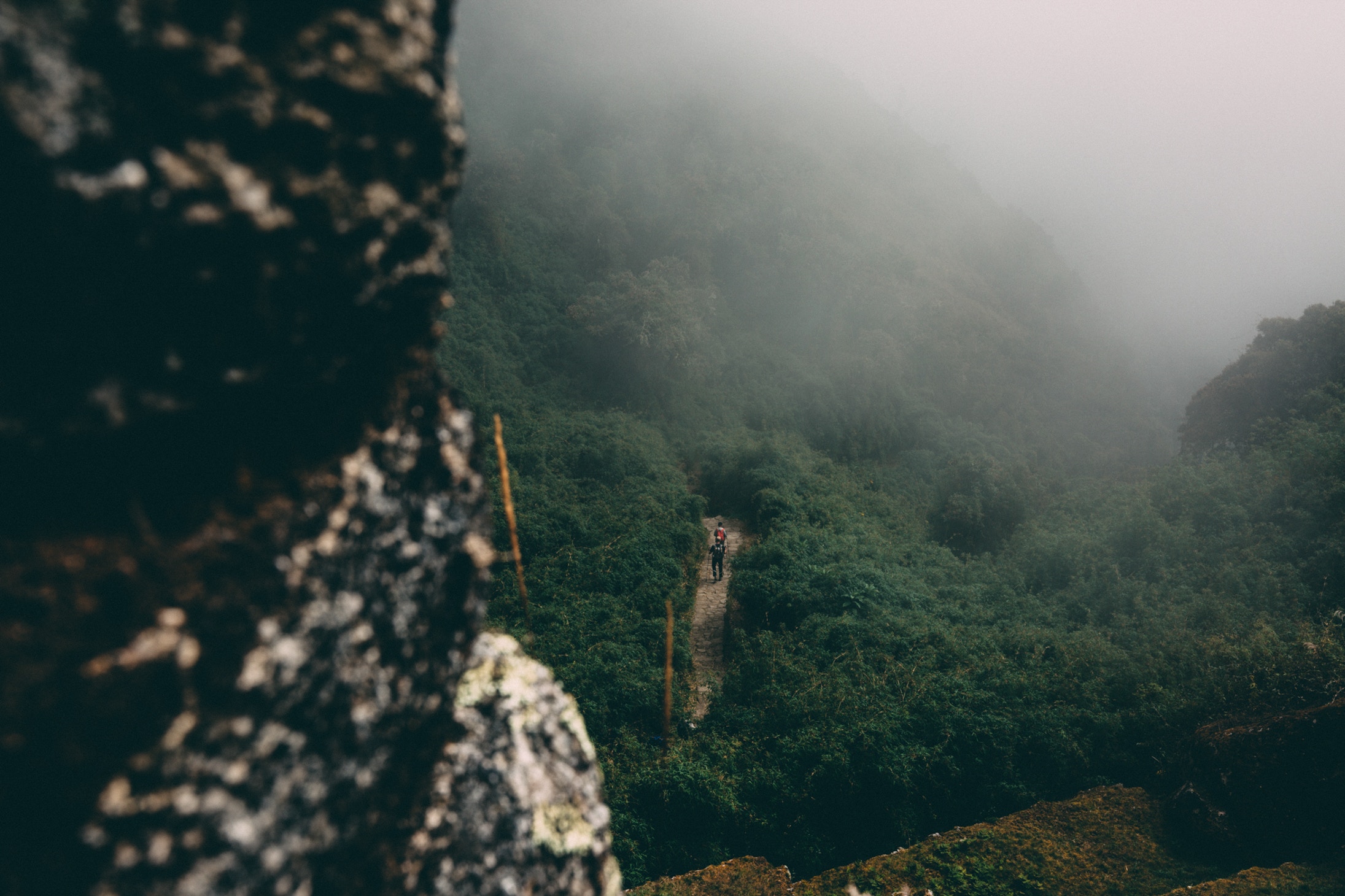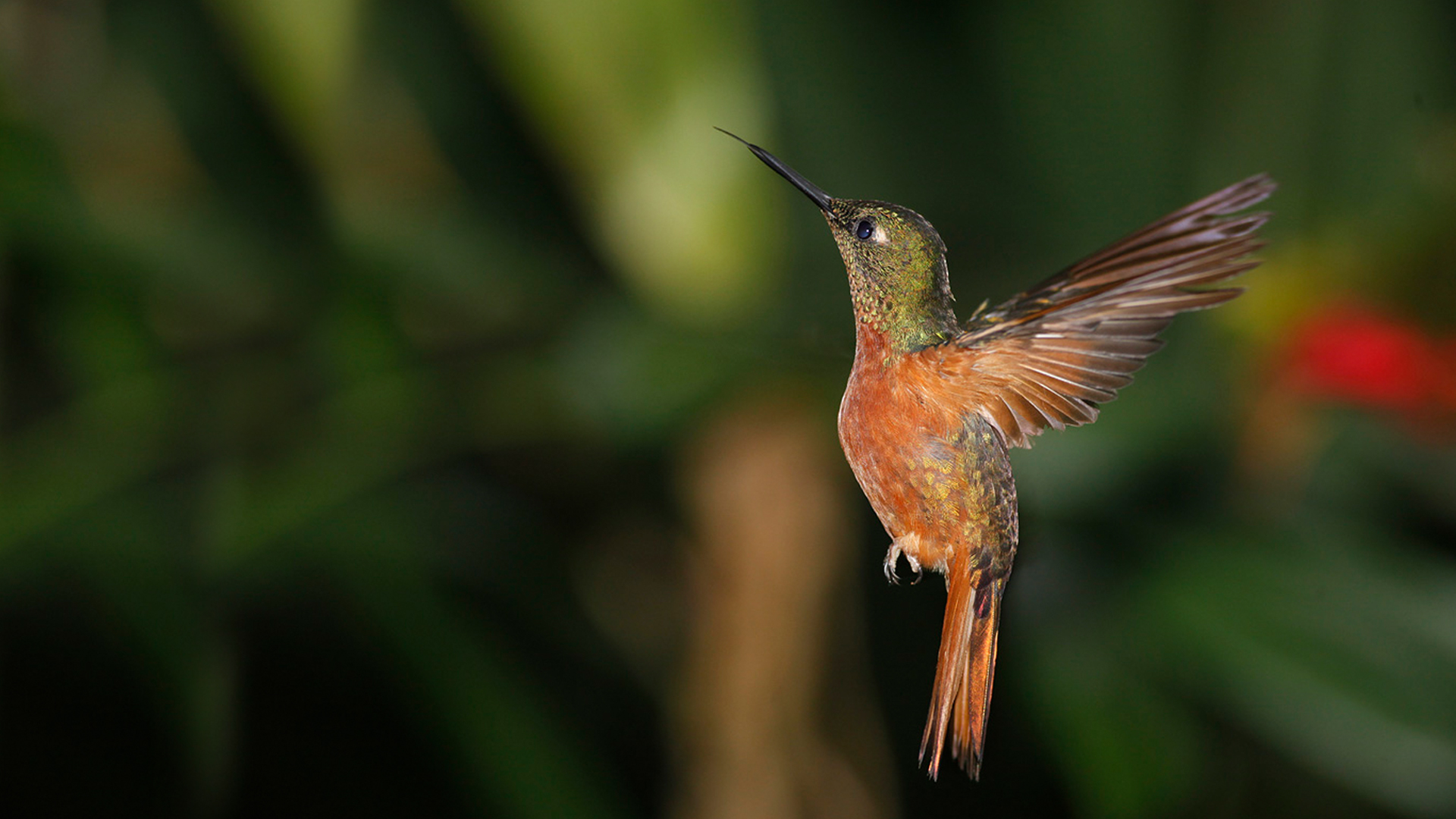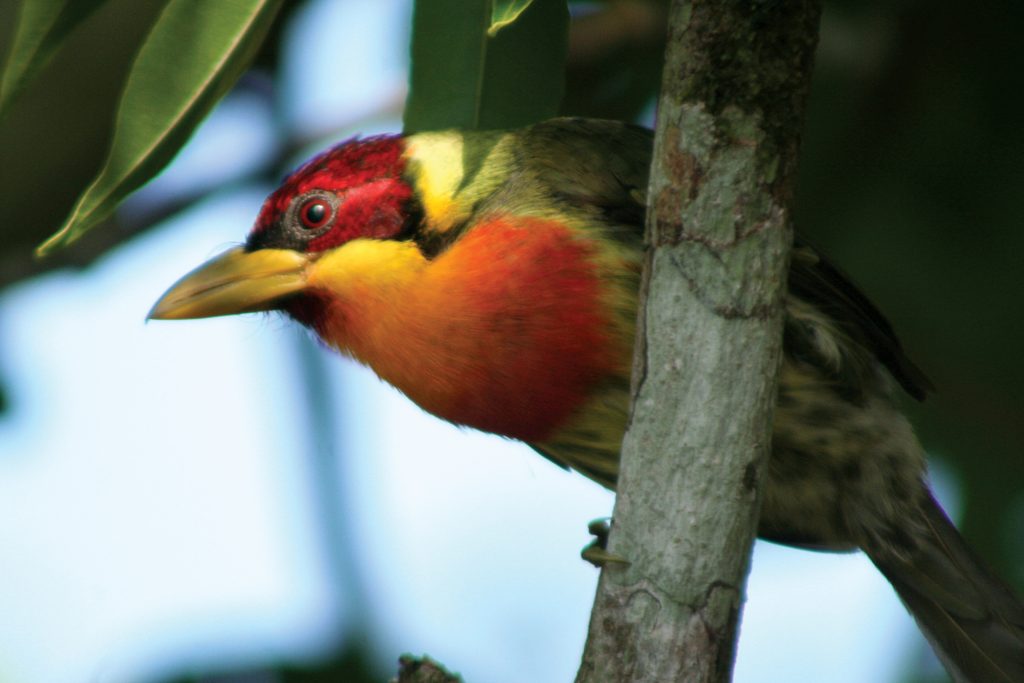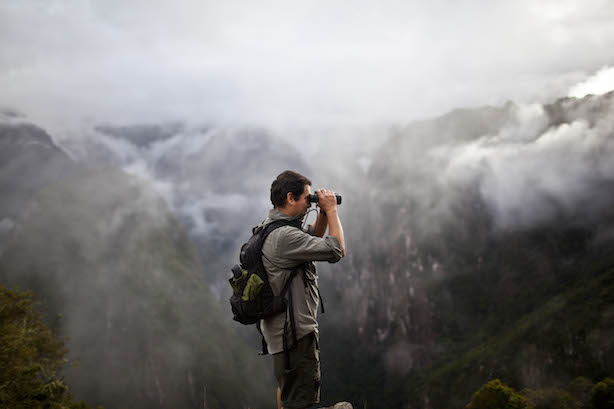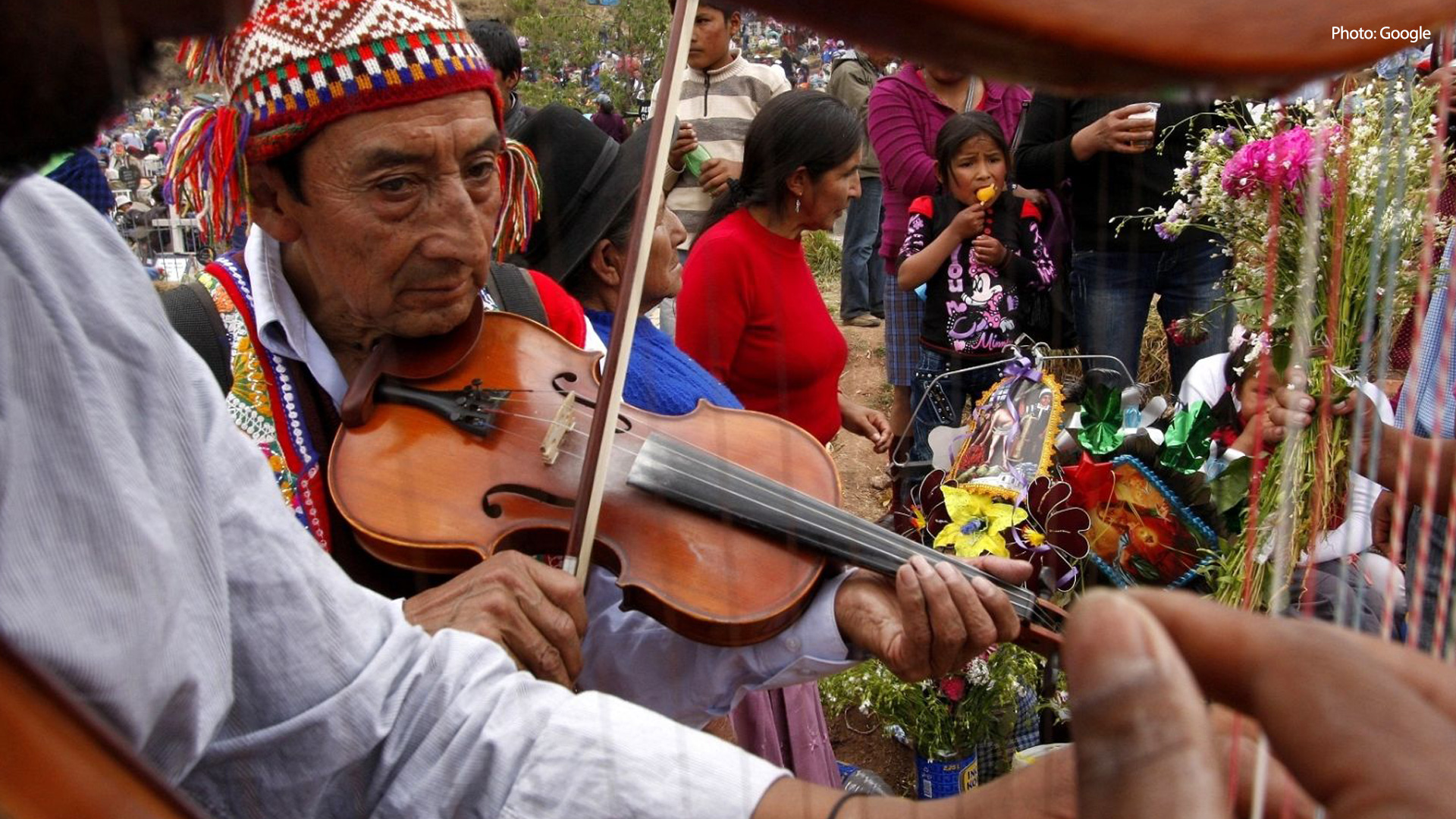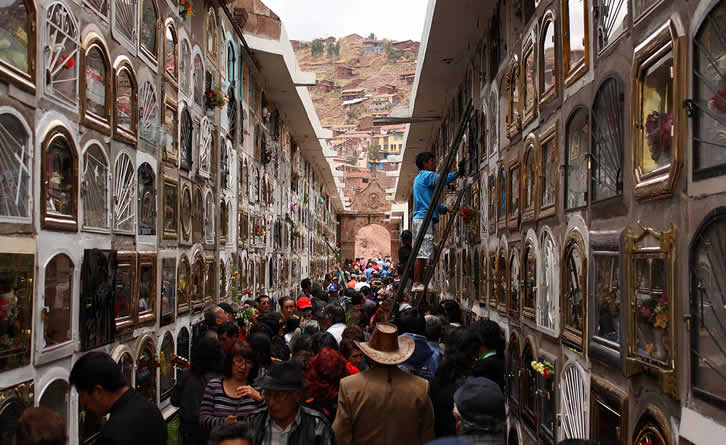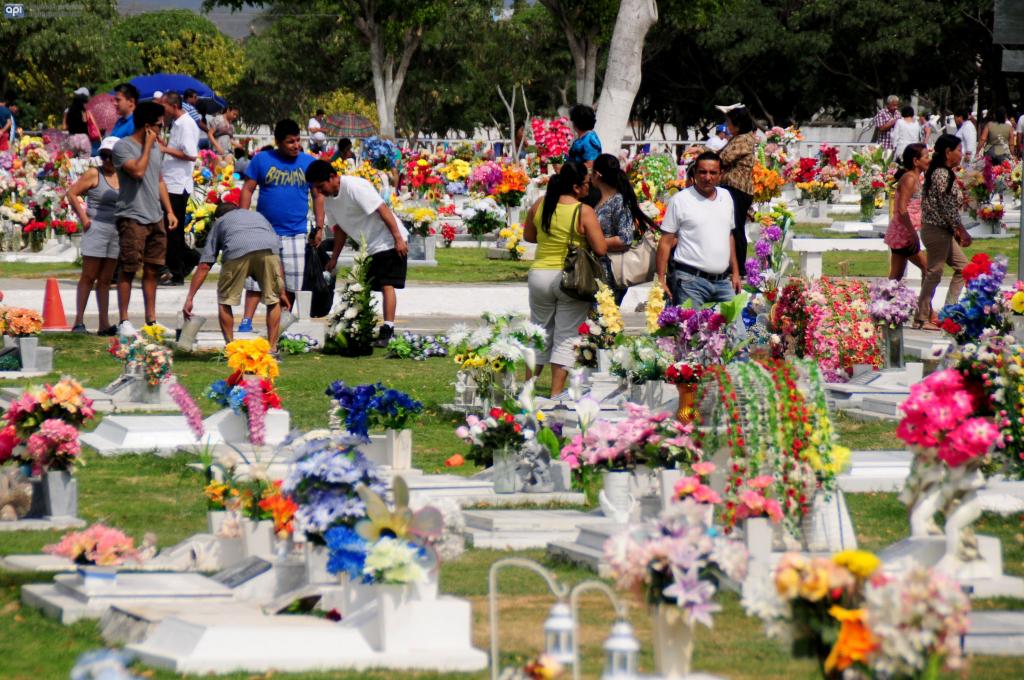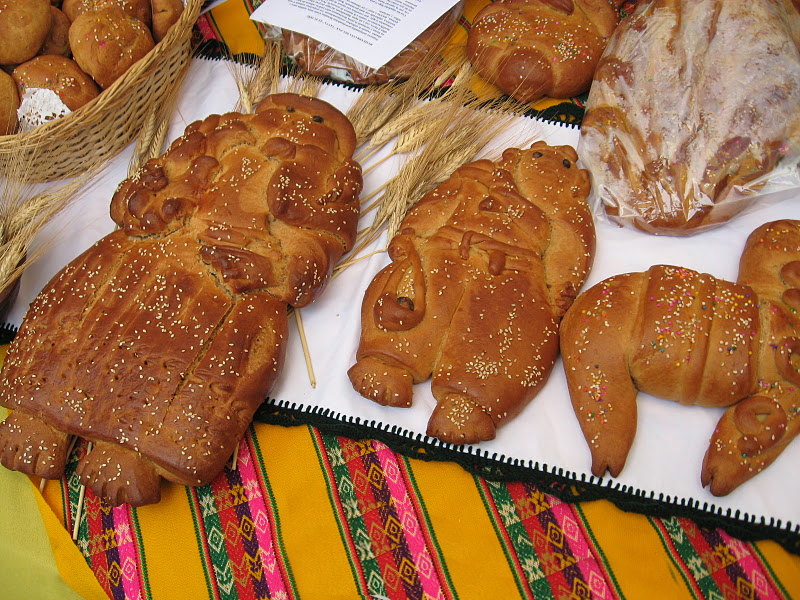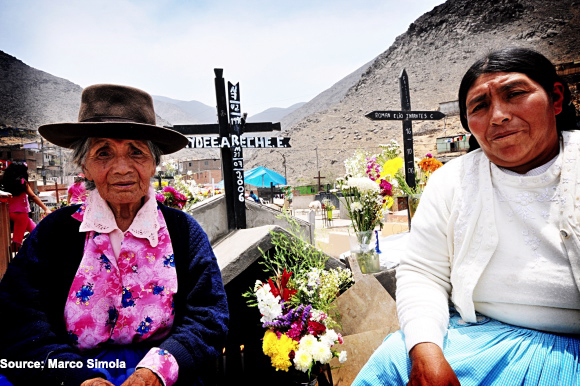Luisella Garmendia, who is currently the Resident Manager at Inkaterra’s Cusco hotel ‘La Casona’, is celebrating a decade working with Inkaterra this year.
Having first been drawn to Inkaterra due to the exclusive experience we offer guests at all of our properties and the specialism in the environment and preserving local cultures, 10 years later Luisella now plays a fundamental part in delivering this experience to guests.
In her early years at Inkaterra La Casona, Luisella gained experience in a guest services role, and assumed her position as Resident Manager two years later. We spoke with Luisella to find out what her day-to-day looks like and the best things Cusco has to offer visitors. Read on to find out more…
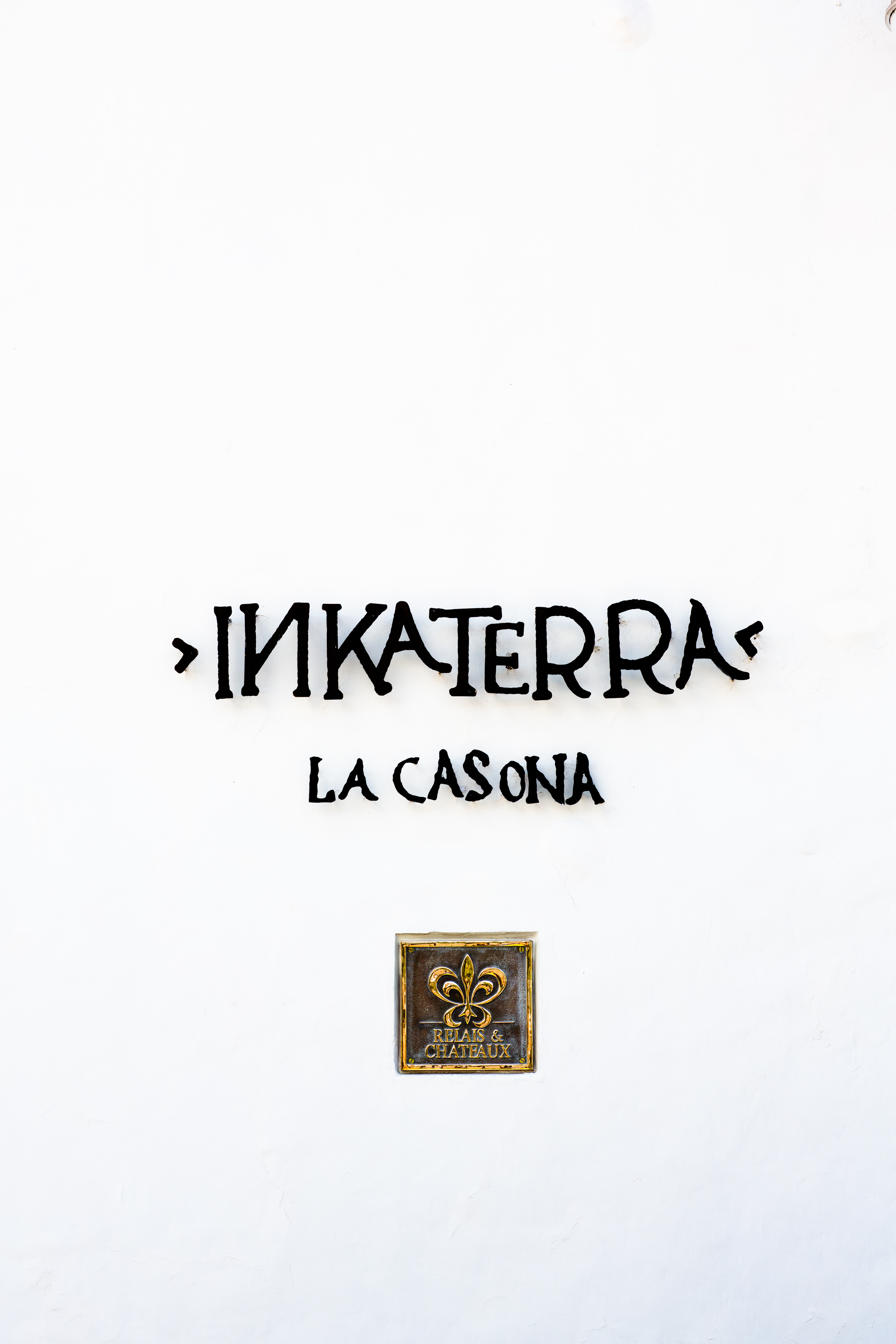
- What do Inkaterra Managers do?
The main role of an Inkaterra Resident Manager is to interact with our guests and to make sure they are happy during their stay. With 11 suites, Inkaterra La Casona offers a very personalised and intimate dwelling during a stay in Cusco. Our guests really get to know each other, and we get to know them on a personal level. I no longer think in terms of check-in and check-out; instead, it feels as though I am welcoming them into my home for a few days. We try to ensure our guests leave feeling like they were part of something special for the time they stayed with us. -
How does your day-to-day work differ throughout the seasons?
Our high season is between April and December, and we work hard during these months to exceed our guest’s expectations. During this busy season, we welcome visitors from all over the world who are exploring the Cusco region, and are curious to learn about the rich culture and long history of the city. We consider it our responsibility at Inkaterra La Casona to not only host our visitors and ensure we cater to each individual’s itinerary, but also to aid them in making the most of their trip to our city.
During the low season, between January and March, we focus our efforts into rejuvenating our bespoke offering and taking care of any necessary maintenance at the hotel.
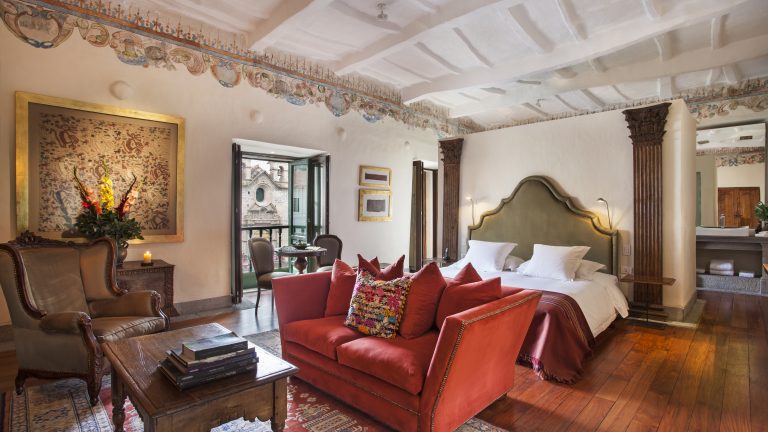
- How has the hospitality industry changed since you entered the industry?
I started working in the hospitality industry 20 years ago, and since then a lot has changed. Back then, there were very few luxury hotels and most hotels were fairly basic. Over the years, luxury accommodation has become more common – and more sought after by guests. Nowadays people want to stay in luxury and to have luxury experiences which aren’t commonplace. - What is your favourite excursion, and why?
My favourite excursion is the city tour. You can discover the big monuments of the city and the hidden corners too, visit a very typical neighbourhood called San Blas ‘The Artist Place’, and witness the fusion of the Inka and Spanish cultures at the Qoricancha temple. - Which excursion do you think is the most popular, and why?
A visit to the Four Ruins is the most popular excursion for our guests. The Four Ruins is the very location where the Incas built their fortress and fought against the Spanish in Cusco. It is a place filled with history and the story of the ruins draws people in. - What would you recommend visiting on your first day in Cusco?
The main square, the cathedral, the San Blas neighbourhood and the Temple of the Sun. - What is your favourite time of year in Peru?
My favourite time of year is June as we have the most important celebration in Cusco, the Inti Raymi. Inti Raymi is a big festival to honour the earth, the moon, the sun, and the Inca Gods. - What has been your favourite event held at Inkaterra since working here?
Since working at Inkaterra La Casona my favourite event has without a doubt been hosting the Royal Family of the Netherlands; they took up the entire house! It was a fantastic experience. -
What do you think keeps guests coming back to Inkaterra La Casona?
Guests first come to stay at Inkaterra for the experiences only Cusco can offer, and they return because of the special service we offer here at La Casona. -
How can guests get to Inkaterra La Casona?
Our hotel is located in the Plaza Las Nazarenas, surrounded by striking scenery of the Andes and cobblestone streets. La Casona is just a 10 minute drive from Cusco Airport. There are daily flights from Lima airport to Cusco, as well as international flights into Cusco.
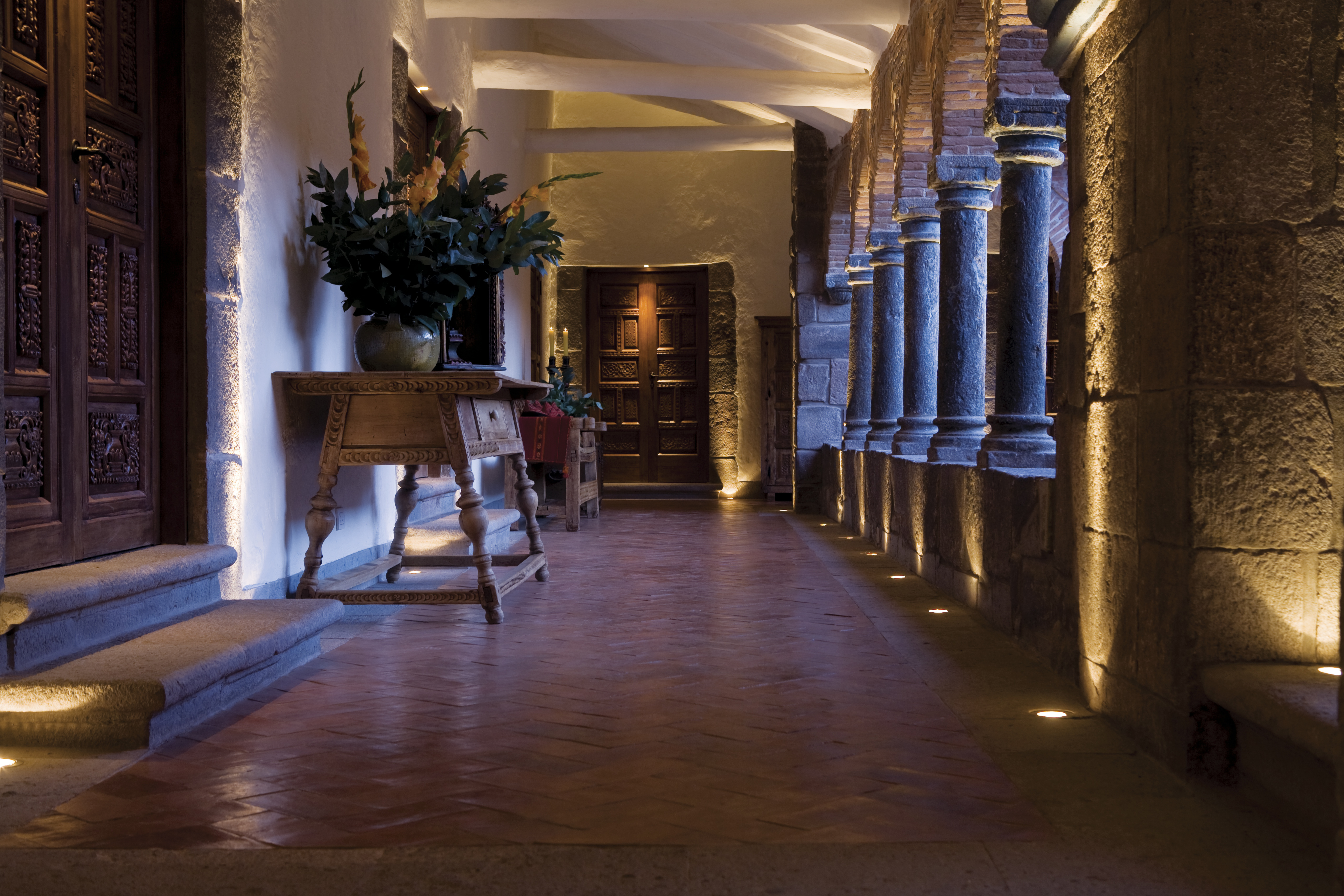
- Have you got any tips for someone travelling to Peru for the first time?
The first thing I would suggest if someone is travelling to Peru for the first time is to pack accordingly. Peru’s weather and climate is highly volatile – drastically changing in the space of just a few hours, and this is something visitors should keep in mind when packing for their trip.
The second thing I would advise is to properly research what time of year to visit. This is essential if you want to really experience the destinations and attractions that you came for.
Finally, I would tell all travellers to bring a good camera with them. The country’s landscape is extremely beautiful and varied, and we often have guests who run out of space on their memory cards due to the hundreds of photos they take! If you visit the Inkaterra website ahead of your trip, first-time travellers and those returning to Peru can get a taste of the wonders of Peru.
When visiting Inkaterra La Casona, Luisella and the rest of the team will be there to welcome you to the city, and make sure La Casona feels just like a home-away-from-home during your time in Cusco. Discover more at Inkaterra.com.


